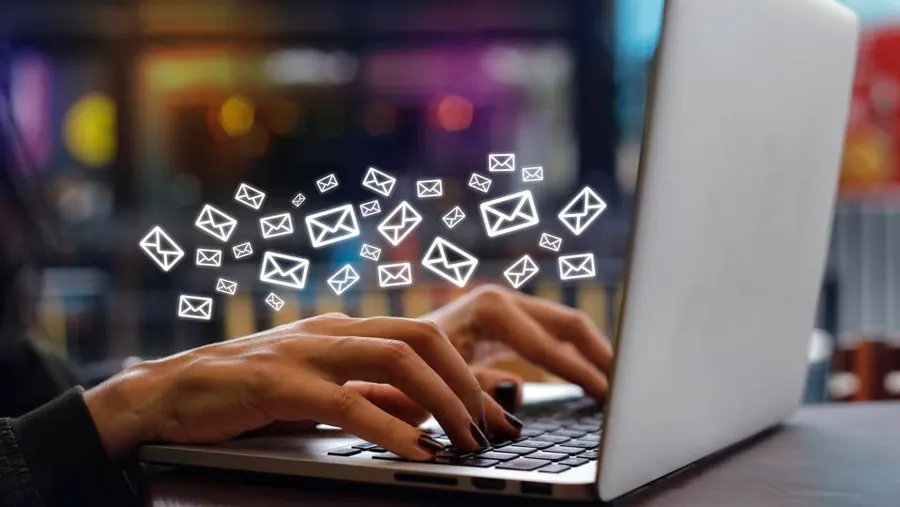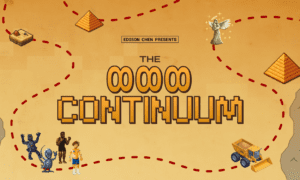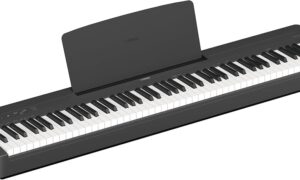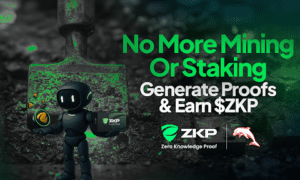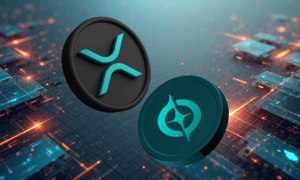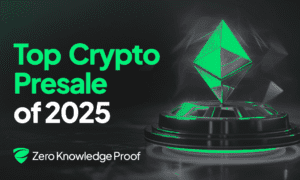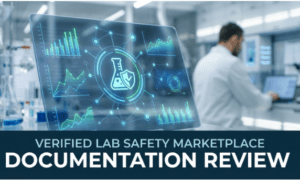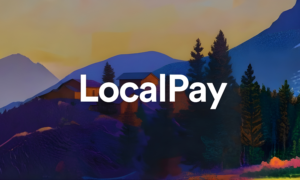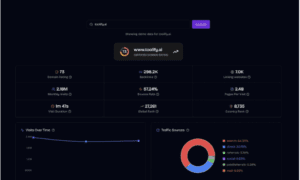Introductions
I still remember when I first discovered how powerful email marketing could be. At that time, I had no idea that a simple eNewsletter could help me capture, engage, and convert my prospects. What amazed me most was the ROI—for every $1, I was earning almost $38 back, proving how cost-effective this marketing channel truly is.
Over the years, I learned that sending tailored campaigns to an opt-in audience is more than a habit—it’s a strategy. Whether you’re a marketing manager or just wearing that hat, knowing how to use segmentation, personalized emails, and automation makes a real difference. My journey with subscribers and creative campaigns taught me how important trust and consistency are.
From helping global brands like John Frieda, PUMA, and AO to testing my own campaigns, I’ve realized that email marketing is about building relationships. When done right, it allows you to stand out in a crowded inbox with personalized content and real connections that inspire action.
What is Email Marketing (and Why is it So Darn Effective)?
At its core, email marketing is a digital marketing strategy where businesses, brands, and marketers connect directly with customers and prospects through personalized messages. From promotional emails to newsletters, it remains the most efficient way to build loyalty and drive repeat business.
I’ve seen how this simple channel evolved from one-to-many communication to data-driven, automated, and personalized experiences. The inbox has become a space where subscribers expect relevant content based on insights and customer experience. When I first began, I underestimated how much segmentation could improve engagement.
Now, I see email marketing as more than just sending updates—it’s about creating connections. Every message carries a chance to add value, show authenticity, and make your brand memorable in a noisy digital world.
The Email Marketing Landscape in 2025
In 2025, the world of email marketing continues to thrive. According to reports like OptinMonster, brands see up to 3600% ROI, earning $44 for each $1 invested. I’ve personally experienced similar results—proof that emails remain one of the best digital strategies available.
Consumers still prefer promotional content via email, with surveys such as MarketingSherpa showing 77% of people choosing email over other channels. Why? Because it’s personal, direct, and easy to engage with. Using automation, behavioral data, and personalization ensures your messages reach the right subscribers.
When we use insights and data-driven decisions, we not only increase conversions but also build long-term loyalty. It’s this balance of technology and connection that keeps email marketing the cornerstone of customer communication.
What is the Buyer’s Journey?
The buyer’s journey describes the path from awareness to decision. A person first identifies a problem, conducts research, compares options during consideration, and then selects a solution. Every email strategy should reflect these stages.
By crafting personalized content, we guide potential customers through each phase. Early education builds trust, while targeted offers close sales. In my experience, mapping your campaign to this journey increases your chances of success.
A well-planned email campaign not only aligns with the buyer’s needs but also provides valuable insights for future improvement.
Divide and Conquer: Email Segmentation
When I started segmenting my subscriber list, everything changed. Email segmentation helps create smaller, more targeted groups based on behavior, interests, and engagement levels. This makes every message feel personal and boosts open and click-through rates.
I often segment using demographics, location, and industry. Defining buyer personas with details like job title, company size, and pain points allows me to design more meaningful campaigns. Every audience segment deserves messages that fit their needs.
Whether you’re addressing leads or customers, segmentation makes your outreach more effective, improves relevance, and strengthens relationships.
The Power of Personal: Make Every Email Count
Personalization is what turns a simple email into a meaningful conversation. Using data, behavior, and preferences, I’ve learned how to craft messages that feel genuine. This level of relevance and engagement leads to trust and deeper connections.
Each subscriber deserves content designed just for them. When I first automated personalized emails, I saw measurable improvements in response rates and loyalty. The more tailored the approach, the better the results.
Combining segmentation and personalization creates an inbound funnel that feels human and helpful rather than robotic or forced.
Best Practices for an Effective Email Marketing Strategy
Over time, I’ve developed a simple framework: personalized lifecycle marketing, advanced segmentation, and automation. This combination ensures relevance, timing, and consistent messaging. It’s about nurturing customers from acquisition to retention.
Collecting feedback, running surveys, and using behavioral tracking provide the insights needed to improve. With this data, you can tailor content that matches audience groups and their unique challenges.
The best email strategy blends creativity with technology—that’s how you create meaningful, conversion-focused campaigns that stand out.
Types of Email Marketing Campaigns
Welcome Emails
I always start with welcome emails because they set the tone. Automated messages with clear subject lines, promos, and simple sign-up confirmations build instant relationships. A timely welcome note turns subscribers into loyal readers.
Email Newsletters
A great newsletter keeps your brand awareness alive. When sharing updates, insights, and promotions, focus on consistency and loyalty. My weekly email newsletters often drive more traffic than ads because they’re personal and relevant.
Promotional Emails
Promotional emails encourage conversions. With the right product, offer, and urgency, these campaigns motivate immediate action. Adding strong CTAs, great visuals, and ongoing testing has helped me refine designs that really deliver.
Best Email Marketing Examples
Looking at brands like Mailmodo, I admire their value emails that highlight downloadable reports and maintain a minimal layout with perfect brand colors. Headspace uses clever storytelling and clear CTAs to increase subscriptions.
When Root Houseplants launched their new arrivals, their visually consistent product photos made customers excited to buy. Similarly, Medium uses long-form membership emails with book-like visuals and actionable features.
Even Pizza Hut proves that simple birthday offers and appreciation emails can boost engagement and keep people feeling valued. These campaigns show that creativity and emotion go hand in hand.
Case Studies
The John Frieda campaign is a lesson in lifecycle marketing done right—by using surveys, insights, and automation, they achieved 4x conversions. I applied similar techniques in my projects and saw customer satisfaction soar.
PUMA demonstrated how segmentation, send time optimization, and personalization can drive massive growth. Each message arrived at the perfect moment for every audience segment.
Meanwhile, AO used web pop-ups, cross-sell programs, and dynamic templates to improve opt-ins and revenue. Their global reach and smart automation showcase what modern email can achieve.
Conclusion
Through my journey, I’ve learned that email marketing, when powered by segmentation, personalization, and automation, delivers unmatched ROI. It’s more than a digital channel—it’s a way to create lasting customer relationships.
With consistent engagement, thoughtful strategy, and a bit of creativity, you can turn every message into a moment that builds loyalty. Whether your goal is retention, growth, or just better communication, email remains a timeless tool for business success.
Every click, every open, and every reply proves that email marketing is still one of the most human ways to connect in a digital world.

